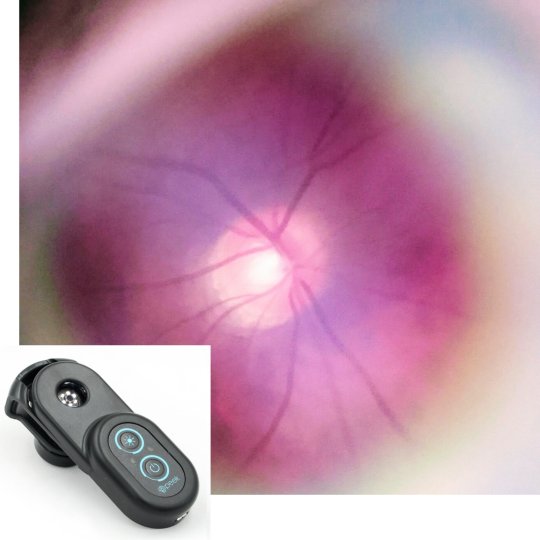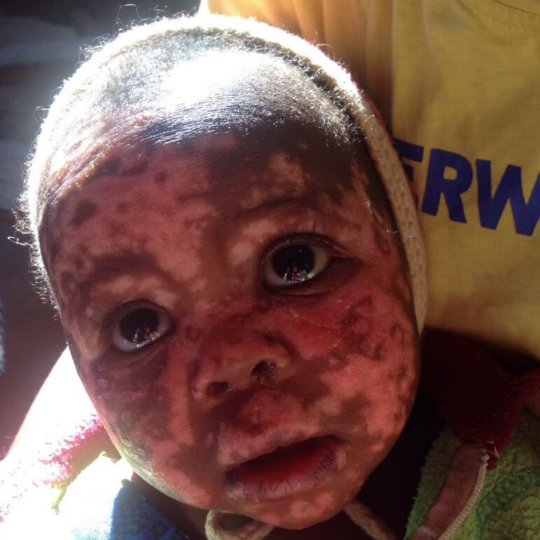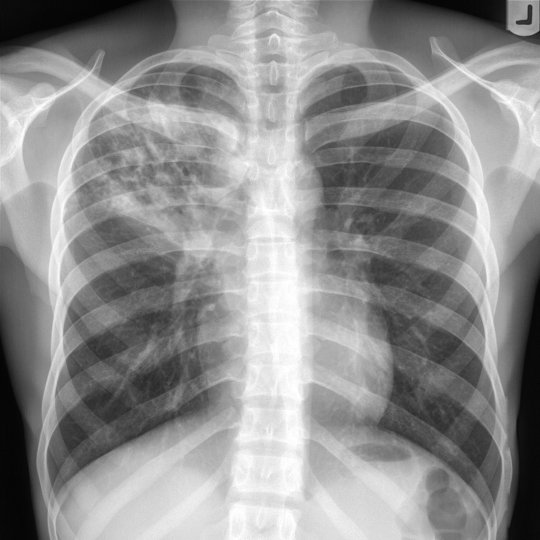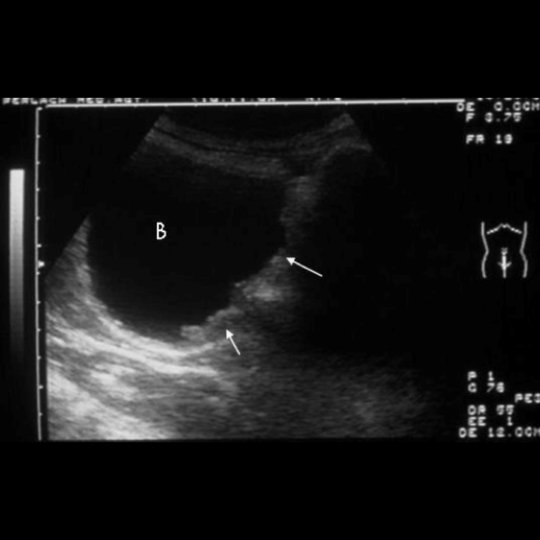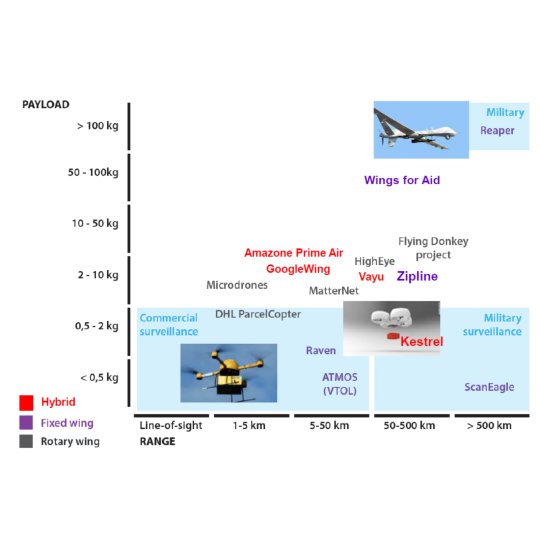Revolutionizing Tropical Medicine – Point-of-Care Tests, New Imaging Technologies and Digital Health
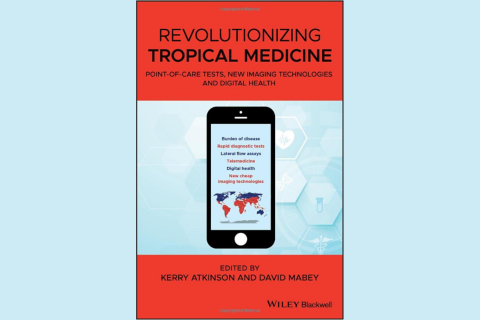
The editors, Kerry Atkinson and David Mabey, met on the East African Diploma course in Tropical Medicine & Hygiene (DTM&H), run by Phil Gothard on behalf of the London School of Hygiene & Tropical Medicine (LSHTM), in 2015. The idea for the book came from Kerry, a medical oncologist who had been interested in Tropical Medicine since, as a medical student on his elective in Kampala, he met Dennis Burkitt, the Irish surgeon best known for giving his name to the childhood tumour Burkitt’s lymphoma that is common in sub-Saharan Africa. Kerry was impressed by what he learned on the DTM&H course about new point of care diagnostic tests and imaging techniques and asked David, who was teaching on the course, to help him to decide on the contents of the book and identify suitable authors. The book has brought together 84 authors from 14 countries, all leaders in their fields, and provides an up-to-date and comprehensive account of the point of care diagnostics that are available and how they should be used.
Who is this book for?
Healthcare workers and health care managers in low- and middle-income countries (LMICs), philanthropic organizations focused on health care in LMICs and the wider global audience concerned about global health.
Revolutionising Tropical Medicine
In the past 20 years, point of care (POC) diagnostic tests have become available for many of the most important health problems affecting LMICs, including infectious diseases such as malaria, HIV, tuberculosis, hepatitis, dengue, meningitis, Ebola, leishmaniasis, sleeping sickness, syphilis and yaws; and non-communicable diseases such as diabetes, kidney disease, anaemia and sickle cell disease. Pulse oximeters and portable spirometers make it possible to monitor respiratory function on site; and portable ultrasound machines and mobile phones make it possible to do imaging at the point of care, send the images for review and receive a report in real time.
This means that patients in remote communities no longer have to travel miles to reach a hospital that has a laboratory and an Xray machine but can be diagnosed and managed close to home. Telemedicine offers a further opportunity to diagnose patients, for example those with skin diseases or mental health problems, close to their homes, and to make Universal Health Coverage a reality.
Key points
The book provides an overview of key aspects of tropical medicine, from past achievements to current and future challenges:
- Highlights the current burden of disease in LMICs, which are mainly in the tropics
- Outlines the significant success achieved by the United Nations/World Health Organization (UN/WHO) with the Millennium Development Goals set in place from 2000 – 2008, and anticipates the utility of the UN/WHO Sustainable Development Goals for 2016 – 2030.
- Describes the POC tests currently available, including details of how they are done and of their sensitivity, specificity and cost
- Outlines the challenges that must be overcome to effectively implement POC testing in LMICs and how to overcome them, including training health care workers in their use, quality assurance and making sure they are available in remote settings
Content
The book is divided into six sections with a total of 38 chapters (738 pages). Each chapter is written by experts in their field and is fully referenced.
- The Burden of Communicable Diseases in Low‐ and Middle-income Countries.
- The Burden of Non‐communicable Diseases in Low‐ and Middle‐Income Countries.
- The Optimal Features of a Rapid Point-of-Care Diagnostic Test
- Revolutionizing HIV Healthcare Delivery Through Rapid and Point-of-care Testing
- Rapid Point‐of‐Care Diagnostic Tests for Tuberculosis
- Rapid Diagnostic Tests for Syphilis
- Point‐of‐Care and Near‐Point‐of‐Care Diagnostic Tests for Malaria: Light Microscopy, Rapid Antigen‐Detecting Tests and Nucleic Acid Amplification Assays
- Rapid Diagnostic Tests for Human African Trypanosomiasis
- Rapid Diagnostic Tests for Visceral Leishmaniasis
- A Rapid Diagnostic Test for Dengue
- Rapid Diagnostic Tests for Influenza
- A Rapid Diagnostic Test for Ebola Virus Disease
- Rapid Diagnostic Tests for Yaws
- Rapid Diagnostic Tests for the Detection of Sickling Hemoglobin
- Progress Toward the Development of Rapid Diagnostic Tests for Lymphatic Filariasis and Onchocerciasis
- Point‐of‐Care Testing for Blood Counts, HbA1c, Renal Function, Electrolytes, Acid–Base Balance and Hepatitis
- Microscopy Skills: Cell Counts, Gram Stains, Ziehl‐Neelsen Staining (ZN) and Blood Films
- India Ink Stain and Cryptococcal Antigen Test for Cryptococcal Infection
- Mid Upper Arm Circumference Tapes for Assessment of Severe Acute Malnutrition
- Spirometry for Chronic Obstructive Pulmonary Disease Due to Inhalation of Smoke from Indoor Fires Used for Cooking and Heating
- Point‐of‐Care Pulse Oximetry for Children in Low‐Resource Settings
- The Use of Near‐Infrared Spectroscopy to Monitor Tissue Oxygenation, Metabolism and Injury in Low Resource Settings
- The Use of Point‐of‐Care Ultrasound in the Resource‐Limited Setting
- The Use of Obstetric Ultrasound in Low Resource Settings
- Examining the Optic Fundus and Assessing Visual Acuity and Visual Fields Using Mobile Technology
- Telemedicine for Clinical Management of Adults in Remote and Rural Areas
- Telemedicine for the Delivery of Specialist Pediatric Services
- Telemedicine in the Diagnosis and Management of Skin Diseases
- Digital Technology, Including Telemedicine, in the Management of Mental Illness
- The Use of Mobile Chest X‐Rays for Tuberculosis Telemedicine
- An Introduction to Digital Health
- Digital Health in Low- and Middle-Income Countries
- Nucleic Acid Detection of Tuberculosis Via Innovative Point‐of‐Care Nanotechnologies Targeted for Low Resource Settings
- The Use of Functional Nanoparticles for Water Purification
- The Use of Drones in the Delivery of Rural Healthcare
- Implementation of Point‐of‐Care Tests: Lessons Learnt
- Useful Electronic Healthcare Resources Available for Those Working in Remote Settings
- The Future – How Do We Get from Here to There?
Developing your knowledge
This book will provide you with an overview and essential understanding of the following areas:
- The current burden of communicable and non-communicable diseases in low- to middle-income countries throughout the world
- The major advances in healthcare outcomes in low- to middle-income countries derived from implementation of UN/WHO 2000 Millennium Development Goals
- What inexpensive rapid diagnostic point-of-care tests are available for infectious diseases in low-resource countries, particularly for people living in remote rural areas
- What other rapid point-of-care services are available for assessing haematological function, biochemical function, renal function, hepatic function and status including hepatitis, acid-base balance, sickle cell disease, severe malnutrition and spirometry for indoor smoke-caused chronic obstructive pulmonary disease
- What low-cost portable imaging devices are available for use in remote rural areas including determination of visual acuity, field of vision and retinal appearance using a smartphone, as well as the use of portable ultrasound scanning when x-ray facilities are not available
- The use of telemedicine in the clinical management of both children and adults in remote rural settings
- The future of clinical management in remote rural settings using nucleic acid identification of pathogens, the use of nanoparticles for water purification, the use of drones, the use of pulse oximetry and the use of near-infrared spectroscopy
- The potential for future healthcare improvement in impoverished areas and how the UN/WHO 2015 Sustainable Development Goals are approaching this.
You can buy ‘Revolutionising Tropical Medicine’ from Wiley, Amazon.com, Amazon UK, Blackwells, and more.
All image credits: Wiley
